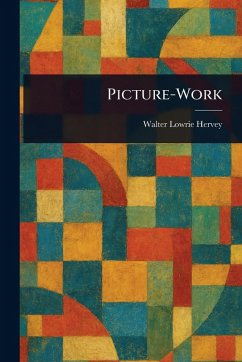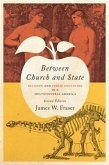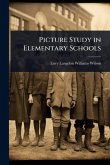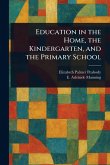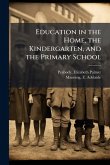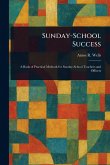"Picture-Work" by Walter Lowrie Hervey explores innovative methods for religious education, particularly for children. This historical text delves into the use of "object lessons" as a powerful tool for conveying moral and religious concepts. Hervey offers insights into effective teaching strategies applicable to elementary education and Christian education in general. Focusing on practical application, the book presents a framework for engaging young learners through visual aids and memorable examples. Educators and anyone interested in the history of teaching methods will find valuable guidance in this volume. A timeless resource for understanding the principles of effective instruction, "Picture-Work" provides a glimpse into the past while offering enduring wisdom for fostering understanding and moral development. This work has been selected by scholars as being culturally important, and is part of the knowledge base of civilization as we know it. This work is in the public domain in the United States of America, and possibly other nations. Within the United States, you may freely copy and distribute this work, as no entity (individual or corporate) has a copyright on the body of the work. Scholars believe, and we concur, that this work is important enough to be preserved, reproduced, and made generally available to the public. We appreciate your support of the preservation process, and thank you for being an important part of keeping this knowledge alive and relevant.
Bitte wählen Sie Ihr Anliegen aus.
Rechnungen
Retourenschein anfordern
Bestellstatus
Storno

